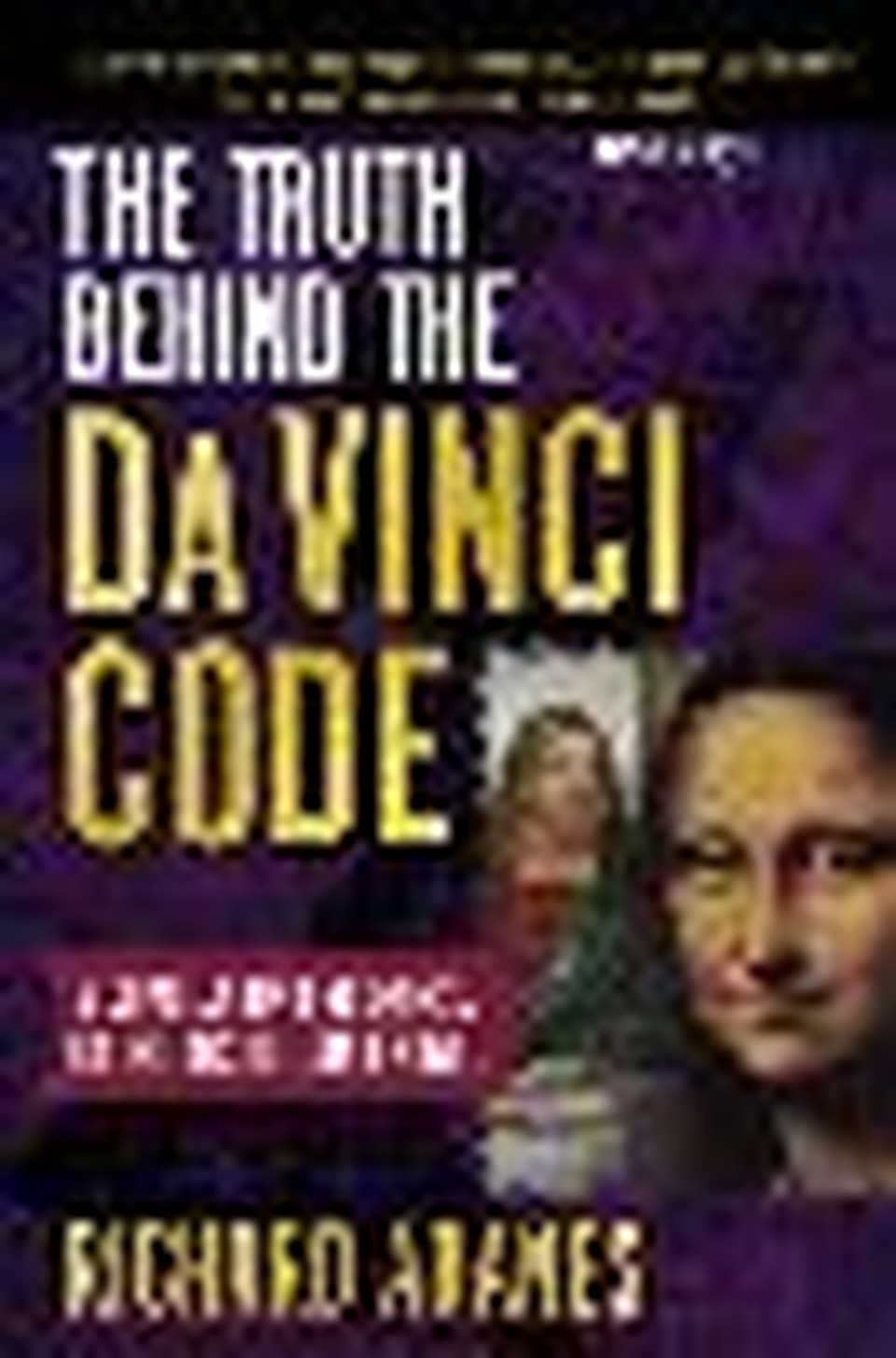Separate The Da Vinci Code's Fiction from Fact

The novel The Da Vinci Code has captured the popular imagination, becoming a bestseller and an upcoming major motion picture. But while the story it tells is riveting, its author Dan Brown's claims that the story is based in fact have confused many readers.
Among other things, The Da Vinci Code declares that Jesus was merely a mortal prophet, not divine, and that He was married to Mary Magdalene. Such assertions have outraged many faithful Christians. But those who haven't investigated the true historical facts can easily be led astray by Brown's novel.
Separating fiction from fact is crucial when it comes to something as important as faith. So here are some significant ways The Da Vinci Code confuses readers - and the truth that breaks the code:
Basic historical facts are presented inaccurately. Although the novel asserts that it's facts are correct, it contains a wide variety of historical errors on issues such as: church architecture, religious symbolism, the Roman Empire (including the history of the Olympics), tarot cards, the origin of Sunday as the Christian Sabbath day, practices in the temples of ancient Israel, different spiritual belief systems, and God's original name.
Since Brown's credibility as an author who can accurately recount history is what undergirds his assertions about even more significant topics - such as Jesus' divinity and marital status - his many mistakes reporting on history damage his credibility.
The Bible's formation is misrepresented, and the interaction between Christians and Gnostics is twisted. The Da Vinci Code contains factual errors involving the Roman Emperor Constantine's beliefs, how the Bible was developed, how heretics were defined, the Dead Sea Scrolls, and accounts of Jesus' life. For example, Brown claims that church leaders under Constantine rewrote the Gospels to embellish them and omitted "earthly" aspects of Jesus' life from official accounts.
But in fact, there is no historical evidence showing that the Gospels were ever changed. And they contain many scenes of Jesus' earthly life, including his physical limitations (hunger, fatigue, death), his human emotions (anguish, sadness, outrage), and his relationships with people (his mother, friends, and followers).
Assertions about Mary Magdalene, Jesus' divinity, and goddess worship are wrong. Contrary to what Brown writes, Mary Magdalene was not Jesus' wife, but simply a friend and follower. None of the Christian or Gnostic gospels mention any marriage between them, and Brown's interpretation of a passage that he says shows a romance between them is based on an inaccurate translation. Also, there was no conspiracy to make Jesus divine through a vote at the Council of Nicea, as Brown claims.
There was no need for one, because His followers saw Him as the promised Messiah from the earliest years of Christianity. He also proved His divinity through His resurrection and subsequent appearances to many people over the course of 40 days. Jesus' divinity was widely acknowledged years before the Council of Nicea. The novel also contains errors relating to Eve's role in the fall of mankind, the church's respect for women, goddess worship, witch hunts, the Jewish view of marriage, Mary Magdalene's reputation and relationship to church leaders, the Merovingians, and Jesus' lineage.
Information about the Holy Grail, the Priory of Sion, and the Knights Templar is inaccurate. The Da Vinci Code presents rumor, gossip, and propaganda as fact on these subjects as well: The Holy Grail's ancient meaning; the symbols for "female" and "chalice;" the nature of the Priory of Sion; "hidden" documents; French kings; the Knights of Templar's origin, mission, financial activities, and destruction; and the location of treasure.
Claims about Leonardo da Vinci, the Mona Lisa, and the Last Supper are not based in reality. Unlike the novel claims, Leonardo da Vinci did not believe he had alchemic powers. Nor did he claim to possess any elixir of life. He wasn't a "goddess worshipper." The Da Vinci Code also contains errors relating to: da Vinci's involvement with the Priory of Sion, his opinion of his Mona Lisa painting and what it represents, the origin of the name "Mona Lisa," secrets of the Madonna, da Vinci's opinion of the New Testament, and codes painted into his work.
Adapted from The Truth Behind the Da Vinci Code, copyright 2004 by Richard Abanes. Published by Harvest House Publishers, Eugene, Or., www.harvesthousepublishers.com.
As a nationally recognized authority on cults and religions, Richard Abanes has spent more than 10 years in the field as an author and journalist. In 1997 he received The Myers Center Award for the Study of Human Rights in North America for his "outstanding work on intolerance in North America." Among his dozen-plus books is the bestseller, Harry Potter and the Bible. Visit his website at www.abanes.com
Originally published May 02, 2005.







